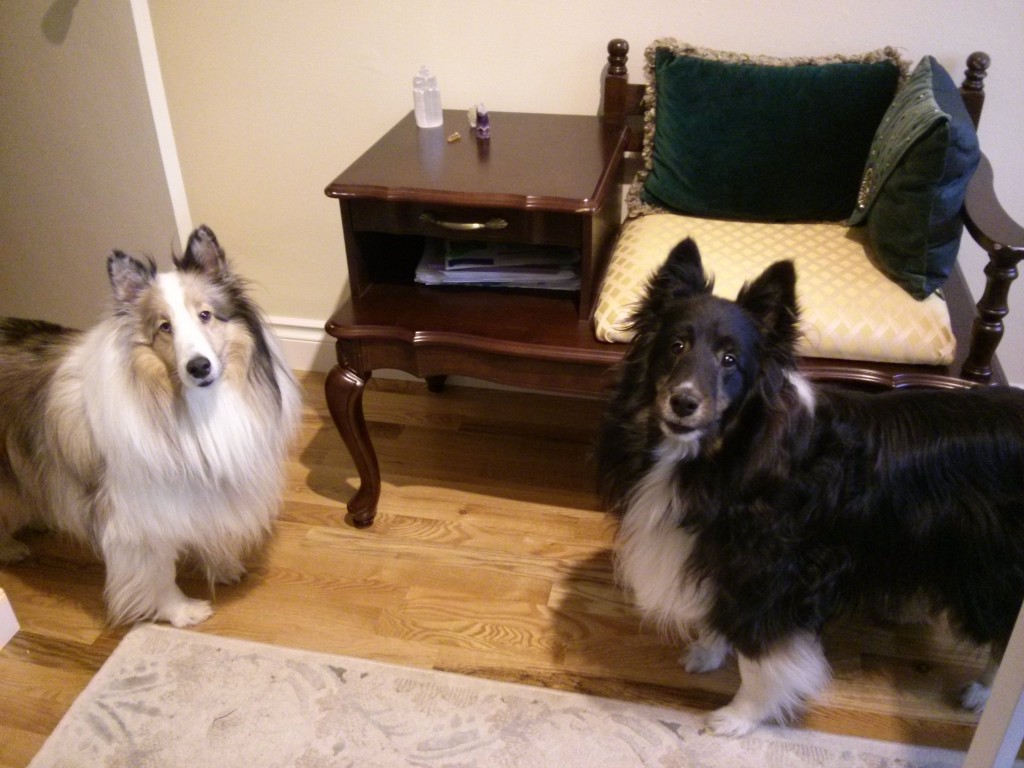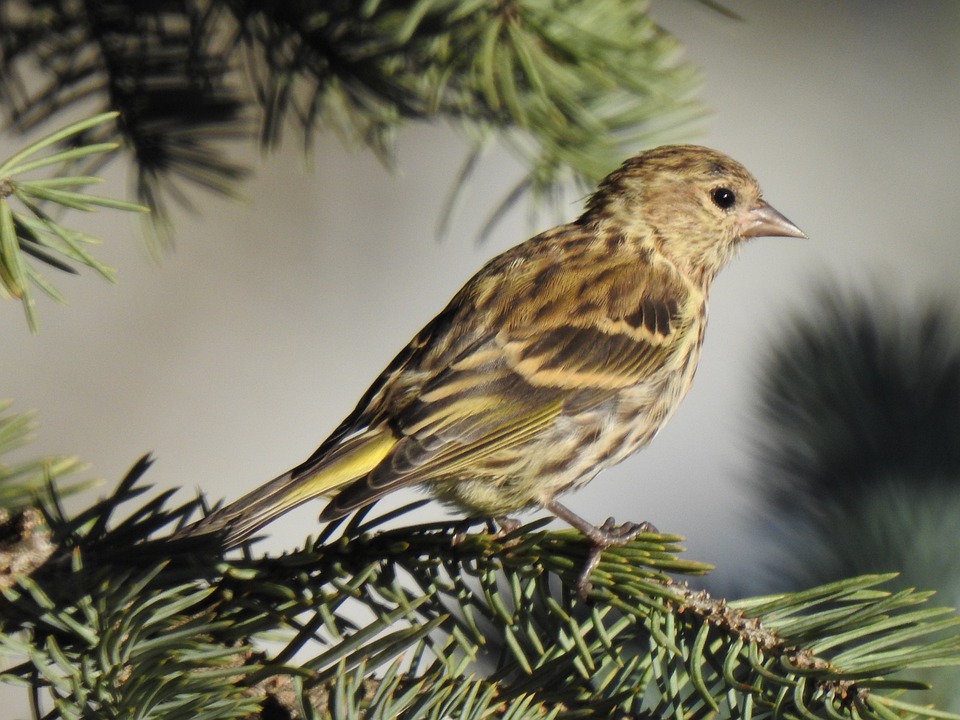
The ground feels unsteady under our feet these days. Maybe it’s just me. Maybe it’s because my part of the world has been the epicenter of three earthquakes registering 4+ on the Richter Scale over the last week and a half. Maybe it’s because I’ve spent more time than usual (and more time than I probably should) following current events, both here and abroad. As a news junkie and former journalist with friends still in the business, I’m horrified by the attacks I’m seeing against a free press. As a human with a beating heart, I’m shocked and appalled by the way in which the rights and needs of so many are being ignored or even trampled upon.
It’s depressing, it’s worrisome, and it’s led me to ask why. Not why it’s happening but why create anything at all during times like these.
And then author friend Eileen Cook posted something on Facebook that refocused my thoughts. Cook was born in the US and now lives in Canada. She was writing about her need to align with people who believe in the importance of human decency. If you’re on Facebook, please search her out and read what she said on that subject. It’s beautiful and wise. But there was another theme in her post that also resonated with me. She wrote, in part:
The measure of your life comes down to a simple question: What did you do with the time and talents you were given?
Writing is my talent, so I do my best to get better, to write stories I think the world needs.
Darkness is never going to show us the way forward. The world, more than ever, needs all of us to be using our time and talents wisely.
Her words lifted me up on a day I needed to hear them. They were a good reminder of the importance of following your heart and giving back, even in a small way. So, whatever your talent, please don’t let darkness stop you from practicing it. Art, in all its forms, helps us understand what it means to be human. And I think we could all do with a little more humanity these days.
















Comments